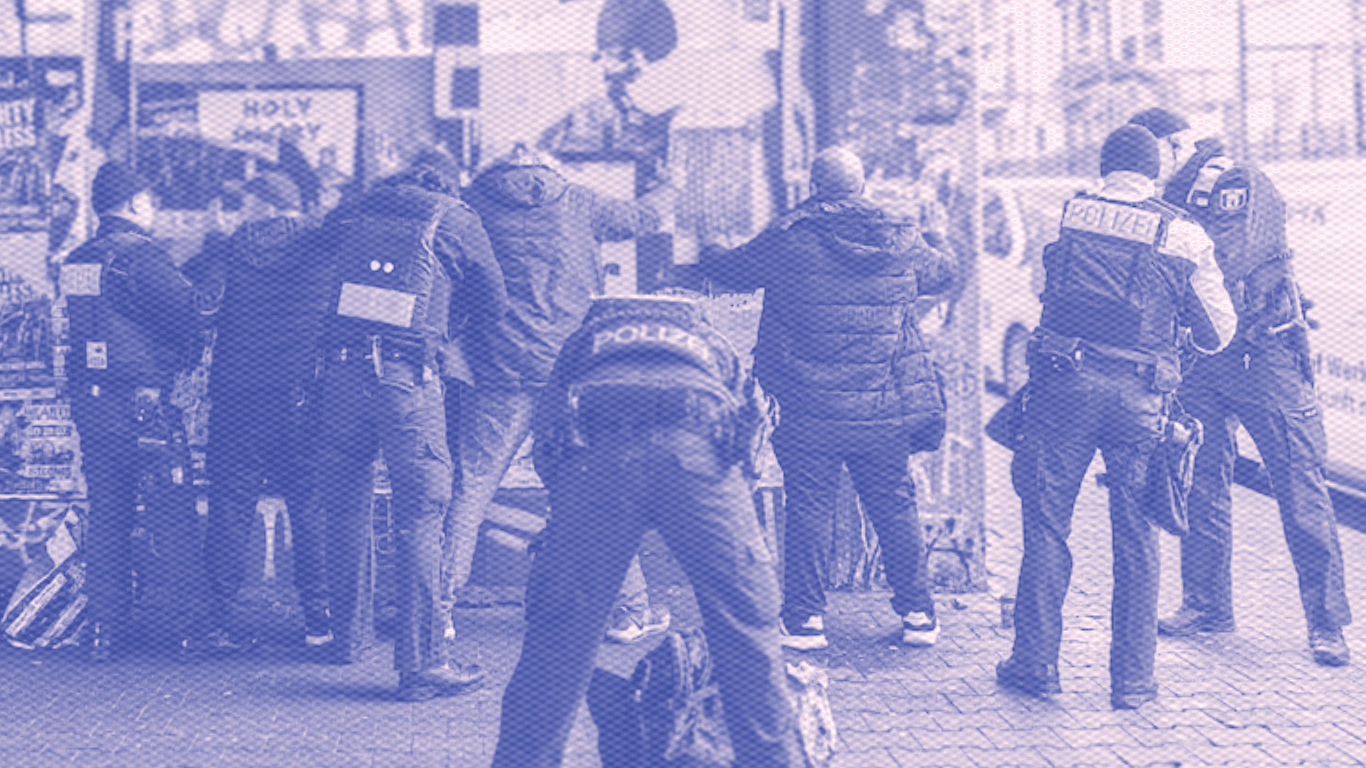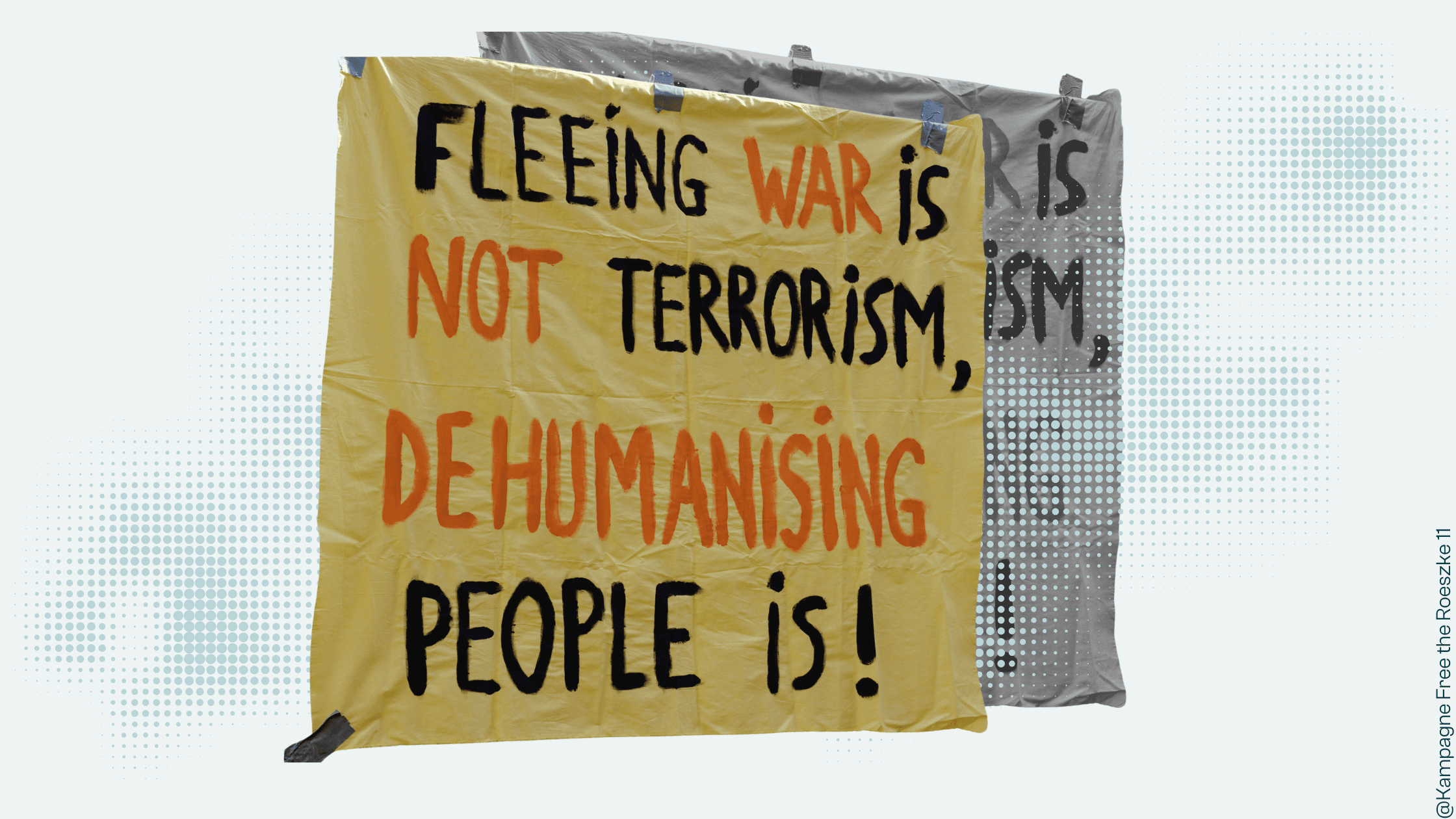Case 26
| Case Number | 26 |
| Charge | Theft |
| Defense Attorney Present | No |
| Interpreter Present | Yes |
| Racialized Person | Yes |
| Outcome | Probation |
A young man is on trial for theft. During his trial, he is informed that his sentence will be high because he had a knife at the time, though the evidence does not show that it was used during the offense. The judge threatens the defendant with jail time. Without a lawyer to consult, he appears to have little choice but to accept the harsh sentence and put up with the judge’s insinuations that he steals for the purpose of reselling – just like unnamed “others” the judge refers to.
This case demonstrates how the criminal court sees itself as an enforcer of the migration system. Prior to the trial, the judge had made arrangements with the migration authorities and she appears to judge the defendant more harshly in his criminal case for alleged administrative issues related to his migration status. The case also shows how possession of a knife escalates the severity of punishment, even when it is clear that the knife was not used during the alleged offense. Courts assume people with knives are violent, failing to recognize that for many who are houseless or experiencing other difficulties, knives serve as self-defense or as a necessary day-to-day tool. Courts are influenced by the moral panic over “knife crime”. In this case, the court threatens jail, which causes the defendant palpable anxiety. The case illustrates the real violence inherent in the “migrant crime” narrative as well as its offshoots, and how they impact migrantized people’s experiences with the punishment system.
The judge starts the case by commenting on how police intervention was required to secure the defendant’s appearance at trial, suggesting that the defendant had purposely evaded being served notice. But it is not clear from the exchange that the defendant was even aware of the problem with his registration before. The judge proceeds to hand him a summary proceeding order (Strafbefehl) for another theft case, explaining it is legally in effect despite the fact that he did not receive it earlier.
After reading the charges for the current case, the defendant admits he stole perfume for his wife. The court shows a photograph of the knife found on him during his arrest. The man explains that he uses it at home in the kitchen and was unaware that he had it on him at the time of the offense. The judge tells him that carrying a knife while stealing elevates the charge to theft with a weapon. She adds “I also cut fruit and meat at home but it would not occur to me to take a knife with me”.
Switching gears, she tells the defendant to look at his summary proceedings order and asks him, ”Do you ever think about how you will pay this?” He affirms this and asks if he can pay in installments. The judge, smiling, explains that now they are dealing with theft with a weapon and that she does not see reasons for leniency. She lists mitigating factors, emphasizing that his situation does not qualify because he did not steal what she would consider necessities.
The prosecutor argues the defendant knowingly carried the knife and therefore demands a long prison sentence to be served on probation. The judge decides to reduce the proposed sentence by two months but otherwise shares the prosecution’s opinion that a harsh sentence is warranted. She says that it is better for him to be placed on probation rather than incarcerating him because he would be able to work, which would be better for his integration. She warns that reoffending will lead to prison, stressing that if he goes to jail, his child will not recognize him anymore upon release. She says she doubts that the perfume was really for his wife and that she believes he tried to make money “as the others do”. She ends the trial with a list of reprimands to the defendant: to avoid crime, to open his mail, and to register his address.


